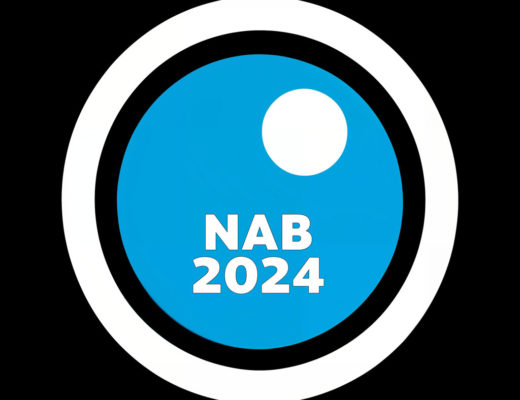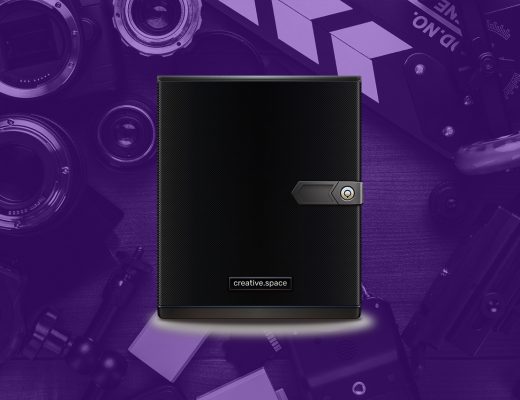In June, Createasphere partnered with IDEAlliance to host a Publisher’s Summit in New York. The focus was on the nextPub Initiative. In attendance was a small intense group of passionate executives and leaders in the space who are continually pushing for standards in the publishing industry. The outcome was to inspire solution providers to support the initiative and for the publishing community to participate in creating these standards – the PRISM Source Vocabulary (PSV). This is a new publishing industry standard framework for encoding digital content and configuring content management (CM) and DAM systems for production and distribution.
http://www.idealliance.org/specifications/prism
What’s It All About?
nextPub is a publishing industry’s technology incubator. It was launched in 2010 by IDEAlliance and is supported by the Magazine Media Association, the 4A’s/Ad-ID and the Japanese Magazine Publishing Association. nextPub enables publishers to engage directly with their industry peers and leading publishing technologists to foster the development of next-generation publishing tools by embracing emerging technologies, developing best practices and establishing new industry specifications to serve as the foundation for tomorrow’s publishing workflows.
When the nextPub Initiative began, the immediate goal was to make multi-channel publishing both simple and efficient. That is, to meet the iPad challenge. But as the Working Group explored standards and technologies, strategists began to envision monetizing content beyond today’s publishing channels by utilizing a “Dynamic Content Architecture” from which additional channels can emerge when new content collections are assembled based on topics from across magazines or based on personal preferences as foreshadowed by the Flipboard, Pulse or Zite models.
Based on this more aggressive vision, nextPub developed a set of design principles:
1. We have come to believe the Source is the Solution. We must capture and store platform-agnostic content as early as possible. For design-based publications, this will likely not mean XML First, but it certainly implies XML Early.
2. Since design-based content cannot be highly structured, this means:
- We need to focus on using metadata to enable the management and assembly of content objects.
- XML content encoding will be flexible and semantically based.
- Content repositories cannot be based on document structures, but rather must be based on semantic metadata.
- The framework for a dynamic content architecture must be modular and flexible.
3. We cannot afford to throw away existing systems and standards that we already have in place; so we must build on them.
4. We must plan for the future by embracing emerging technologies.
At Createasphere’s upcoming Digital Asset Management Conference in New York, Dianne Kennedy will be giving an in-depth seminar on the new standard on the morning of the first day of the conference and continue with an open discussion with some key players in the space during an afternoon session on the second day of the event.
There is more work to be done – stay tuned on the progress!

Filmtools
Filmmakers go-to destination for pre-production, production & post production equipment!
Shop Now













